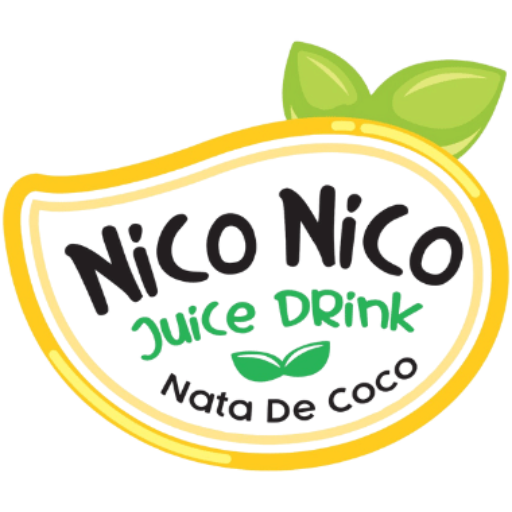Nata de coco, known for its chewy and translucent texture, is a versatile ingredient that can enhance many culinary creations. It adds a delightfully chewy texture and subtle coconut flavor. This article will explore some types of Nata de coco in cuisine, from desserts to drinks and even savory dishes.
Nata de coco in dessert cuisine
Nata de Coco is commonly used in desserts, adding a refreshing and tropical touch. You can enhance your fruit salads, ice creams, or puddings. Its chewy texture provides a delightful contrast to the smoothness of these desserts, creating a unique and enjoyable eating experience. Here are a few popular nata de coco desserts:
- Fruit Salad with Nata de Coco: A classic fruit salad gets a chewy twist by adding nata de coco. The cubes pair perfectly with fresh fruits and a sweet, creamy dressing.
- Nata de Coco Pudding: Nata de coco can be incorporated into creamy puddings, creating a unique dessert with an exciting contrast of textures.
- Nata de Coco Ice Cream: Many ice cream enthusiasts enjoy the occasional spoonful of nata de coco in their ice cream, providing a delightful chewiness amidst the creaminess.
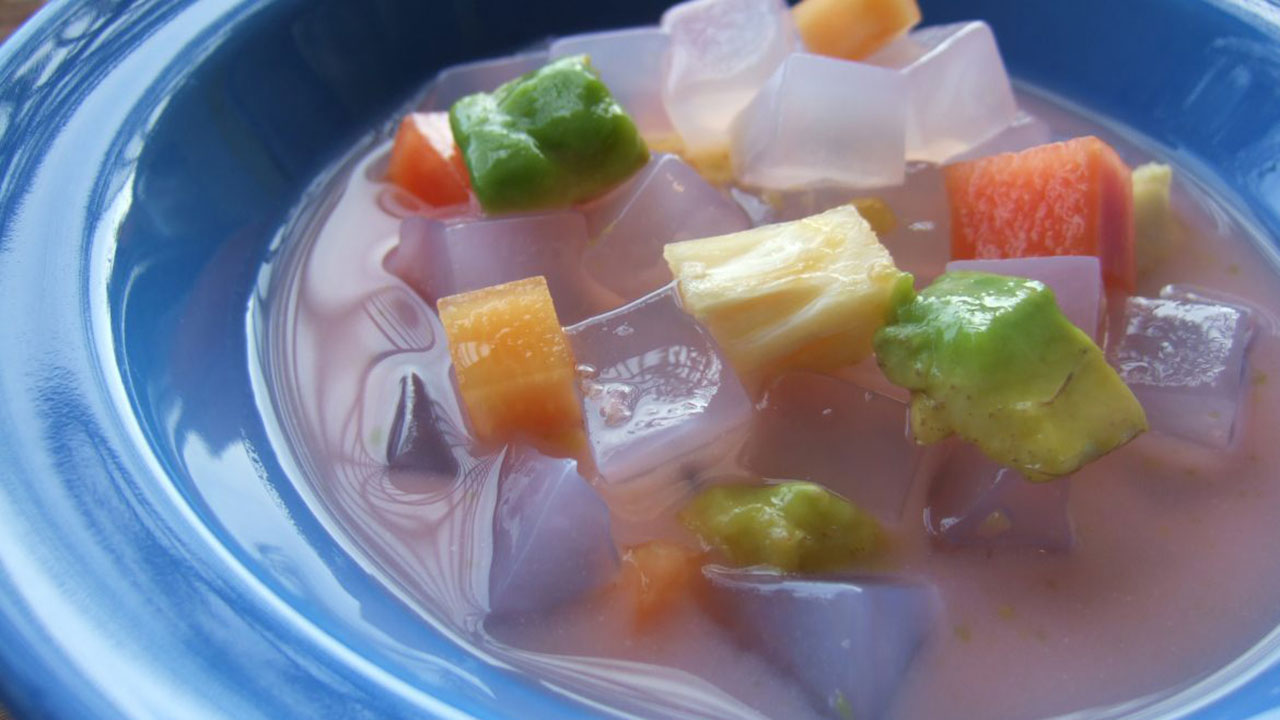
Read more: How To Make Nata De Coco At Home ?
Nata de Coco Beverages: A Refreshing Treat
Nata de Coco can also be used to elevate your favorite beverages. Add it to your fruit shakes, smoothies, or even cocktails for an added burst of flavor and texture. The chewiness of Nata de Coco adds an interesting twist to your drinks, making them more enjoyable and visually appealing. Here are a couple of popular nata de coco beverage options:
- Nata de Coco Bubble Tea: Bubble tea lovers are familiar with the delightful chewiness of tapioca pearls. Nata de coco cubes can be an alternative, offering a refreshing and chewy addition to your favorite bubble tea flavors.
- Nata de Coco Smoothies: Blend nata de coco into your favorite smoothie for an added layer of texture and a subtle coconut taste.
- Nata de coco with juice: Nata de Coco with juice offers a delightful combination for a unique and satisfying experience. The chewy, transparent texture of Nata de Coco, combined with the fresh taste of the juice, creates a drink that is visually appealing and bursting with flavor.
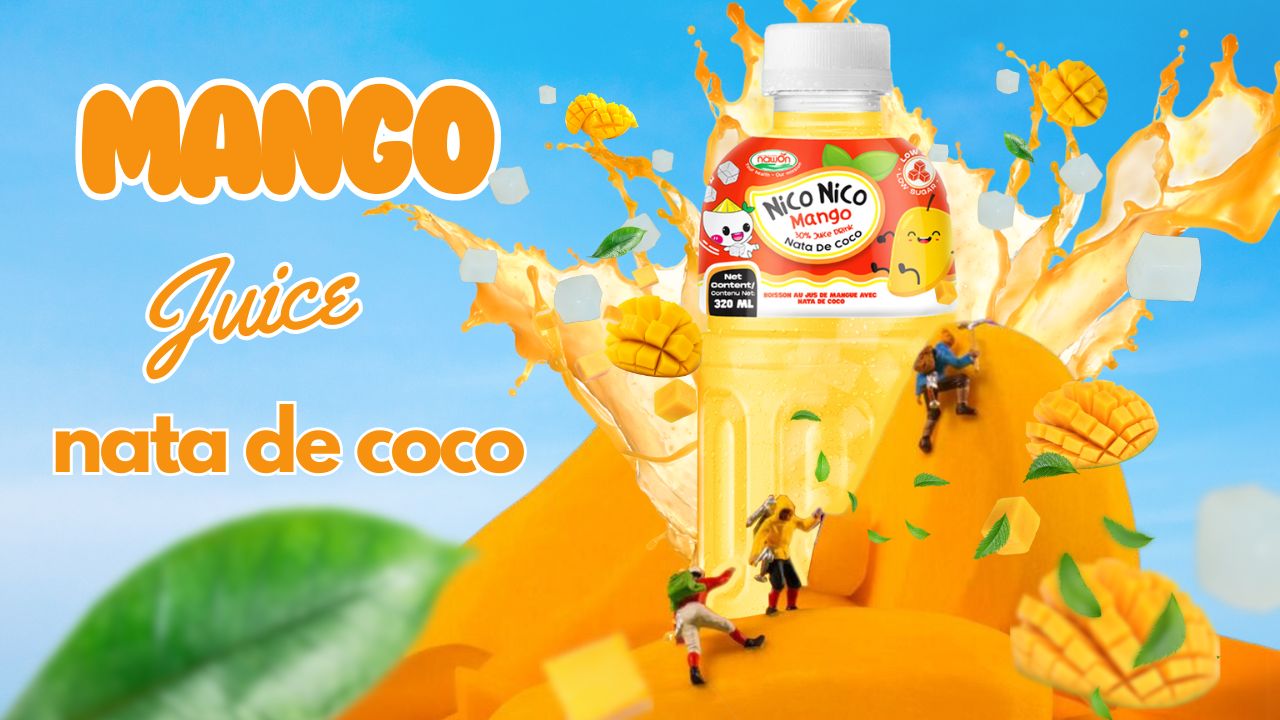
Nata de coco in savory cuisine
Don’t limit Nata de Coco to just sweet dishes! It can also be used in savory creations. Add it to your salads, stir-fries, or topping for your favorite pizzas. The subtle sweetness and chewy texture of Nata de Coco can complement the flavors of your savory dishes, creating a unique fusion of tastes. Here are some creative applications:
- Nata de Coco Salsa: Incorporate nata de coco cubes into a fresh, zesty salsa to add a unique chewy element that pairs well with tortilla chips or grilled meats.
- Nata de Coco Curry: In some culinary experiments, nata de coco cubes have found their way into various curries, providing an unexpected but delightful texture contrast.
- Nata de Coco Salad: Create a refreshing salad with nata de coco, combining it with vegetables, herbs, and a tangy dressing for a delightful side dish.
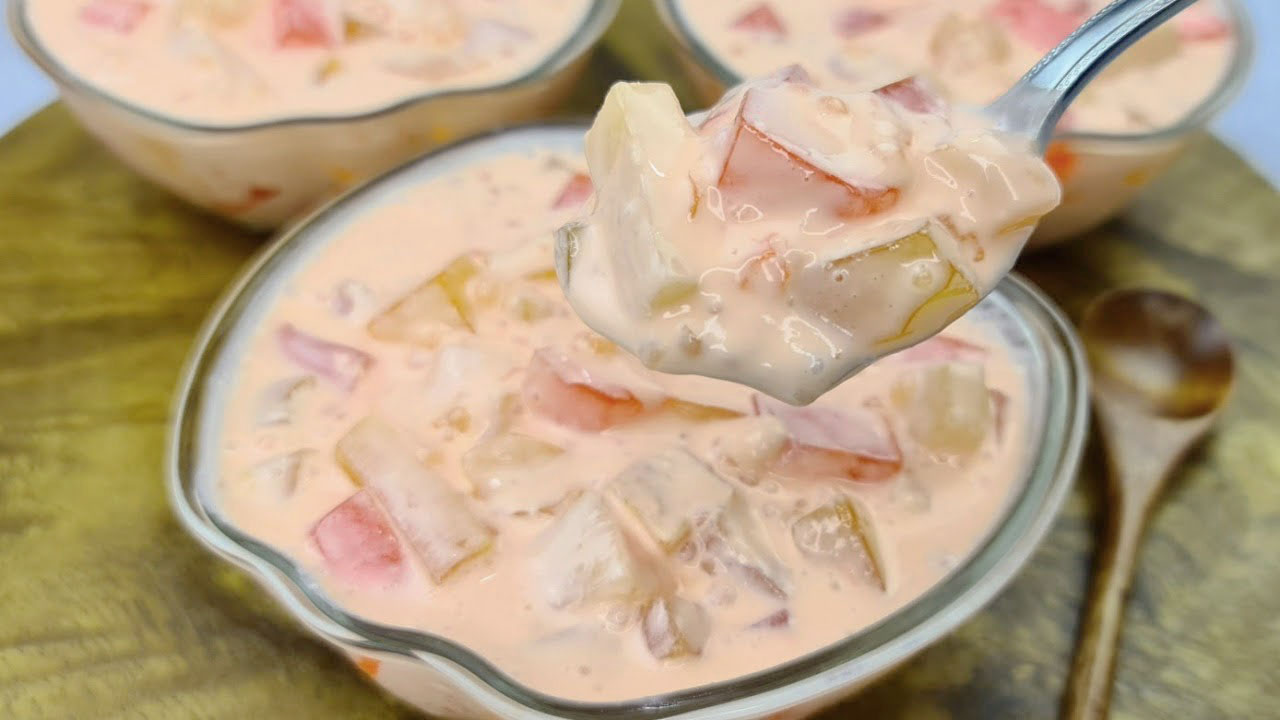
Read more: How Is Homemade Nata De Coco
Nata de coco in cuisine with asian-inspired
Nata de Coco is a common ingredient in many Asian cuisines, particularly Filipino and Thai dishes. It is often used in traditional desserts like halo-halo and buko pandan. Its versatility allows it to be incorporated into various dishes, adding a touch of authenticity and a burst of flavor.
- Regarding Filipino cuisine, Nata de Coco is often used in popular desserts like halo-halo and buko pandan.
- It is commonly used in traditional desserts like Mango Sticky Rice in Thai cuisine. Nata de Coco is sometimes used in salads like the famous Thai Spicy Green Papaya Salad (Som Tum).
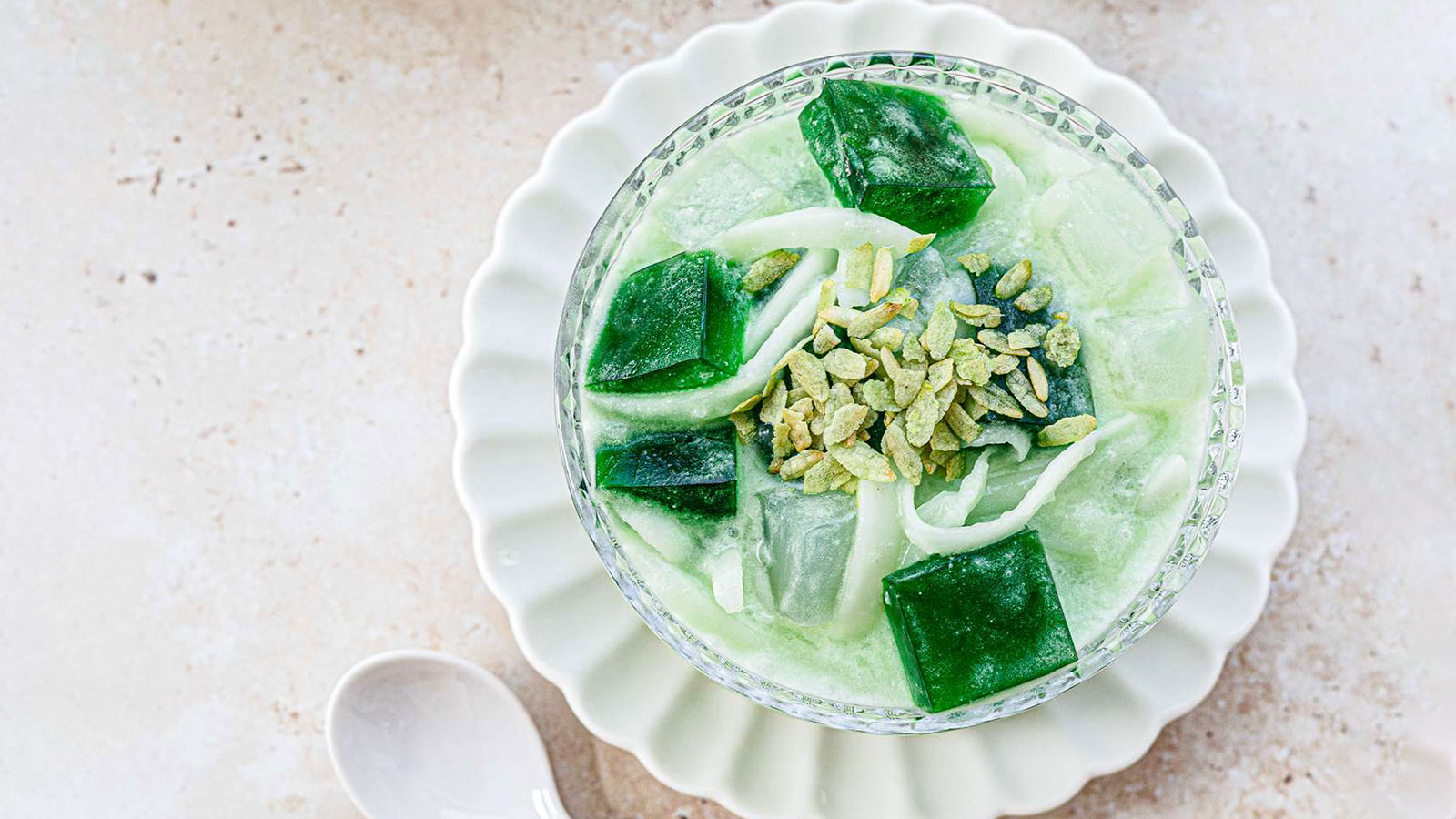
With its chewy texture and delicate coconut flavor, Nata de coco in cuisine is a versatile ingredient that can elevate the taste buds. Whether adding a twist to desserts, spicing up your drinks, or creating unexpected combinations in savory dishes, nata de coco offers a fun and unique experience.
